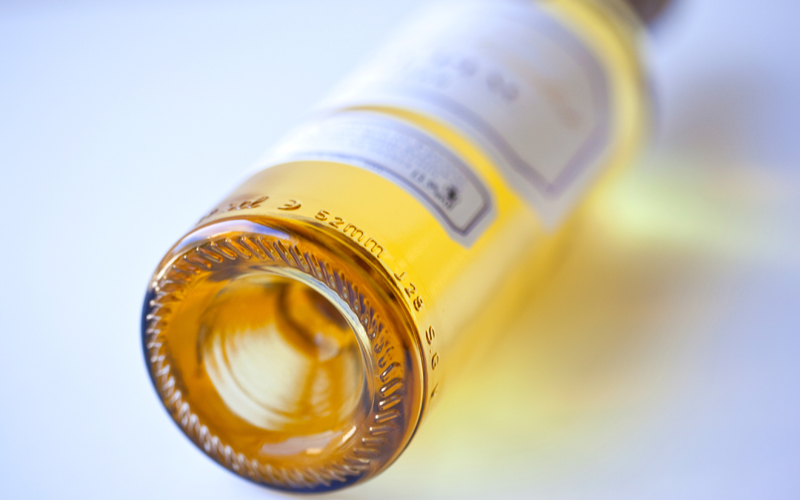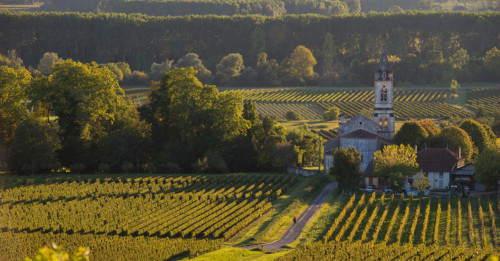Sauternes (pronounced saw-turn) might be the most expensive dessert you ever order. This Noble rot affected wine is one of the lushest, most delectable sweet wines available, but it’s not cheap to produce.
Sauternes is an Old World wine, so it’s named after its area of origin, the Sauternais region of the Graves area in Bordeaux. Sauternes is comprised of Sémillon, Sauvignon Blanc, and Muscadelle grapes. While Noble rot usually isn’t easy to come by, the climate where Sauternes is grown allows the benevolent fungus to do its magic more often than not. However, harvests still vary.
Noble rot wasn’t always an accepted winemaking technique. Though it’s difficult to pinpoint exactly when the use of rotten grapes became accepted, there are records from the 17th century detailing Noble rot on Sémillon grapes, but the initial practice of consuming rotten grapes was kept someone mum. However, by the end of the 18th century, Sauternes reputation was internationally famous. Of the fans? President George Washington, who ordered thirty bottles after tasting Château d’Yquem.
 How does Sauternes taste? Like heaven. Full sweetness is balanced with a touch of acidity.
How does Sauternes taste? Like heaven. Full sweetness is balanced with a touch of acidity.The Sauternes region is twenty-five miles southeast of Bordeaux, near the rivers Garonne and Ciron. Because the rivers are different temperatures, during the warm and dry fall, they produce a mist that aids in the formation of Noble rot. By the time the afternoon rolls around, the sun knocks the mist out of the way, drying the grapes and keeping them safe from more malevolent fungus.
Five communes make up the Sauternes region: Barsac, Sauternes, Bommes, Fargues, and Preignac. While each of these communes can call their wines Sauternes, Barsac can classify their wines under the Barsac appellation. To qualify as a Sauternes, a wine has to have an alcohol level of at least 13%, and be sweet upon a tasting exam.
So just how does Sauternes taste? Like heaven. Full sweetness is balanced with a touch of acidity and golden fruit like peaches and apricots drizzled in honey. A nutty flavor gives way to a finish that lasts for up to a few minutes. Though large bottles are produced, Sauternes is typically sold in half-sizes, of 375 ml. Pair it with soft cheese like brie and rich, tender veal. Or just glug it from the bottle. That may not be classy, but it sure is delicious.
